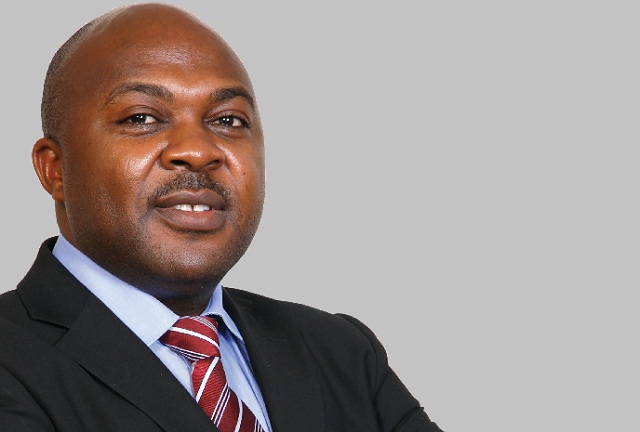
Most of your customers have not understood why you offer different units for the same amount whenever they make purchases. Could you explain this scenario?
The computation of Yaka is not easy to understand. We are engaging the Electricity Regulatory Authority to simplify the tariff calculation. The tariff is computed to cater for all segments – an average Ugandan and to also encourage the industrialists to be more efficient. For the domestic user, we want to keep it simple so that as they consume a unit, they are able to see exactly what they have consumed. That is in the pipeline. In 2016, the tariff was adjusted to include all macro indicators like inflation, oil prices and exchange rate. What consumers need to know is that every month, we charge a standard service fee. If you purchase at the time this fee is getting off your payment, you will get different units. Also, if we convert you to Yaka and you have a debt, you might also get different units.
You have reduced energy losses from 38% in 2005 to 17%; how is this reduction being felt by your 1 million customers?
In terms of tariff and other components, this reduction represents a saving of about Shs 250 billion. This saving impacts the revenues of the sector. If the loses had not reduced and remained at 38% it would mean that money would have to come from somewhere either from the tariff which you and me are paying. For instance, for a domestic customer who pays an average of Shs 650 per unit, if the losses had not come down, probably the cost would be an average of Shs 1,000. Alternatively, if this saving was coming from the government coffers, you and I who are taxpayers would be hit somehow.
But we continue to hear stories about electricity poles falling, transformers burning and power consumers complaining about outages. This signals inefficiency in your distribution system. What is your comment?
When we started in 2005, the overall efficiency in the distribution system was less than 50%. To-date that level has moved to around 83% which takes into account the tariff, level of coverage, levels of outages and other indicators. This means that the the sector is moving forward and we are confident that as we go into the third phase of our contract which is about addressing investments in the network in relation to coping with Karuma and Isimba that are coming on stream, the company will record more achievements. Being a listed company we are better placed to mobilise required capital for further investment.
What impact have your anti-power theft campaigns had on the general performance of the business?
Power theft and vandalism is a societal problem. It is a problem of the country and we lose on average Shs 100bn per year to this vice. We have areas where this vice is real. One of the areas is Mbale which accounts for 10% of the problem. We try to engage the public on the repercussions of stealing power. For the past 10 years, we have recorded hundreds of people dying because of illegal connections of power including the children who are not direct victims. Stealing power affects economic activity and industries send away workers when power lines are affected. We are working with local leaders and other people to see that this vice is stopped. Because of this approach, we now have a saving of like Shs 1 billion per year in areas like Mbale that contributed Shs 10 billion in losses per year many years ago.
What other challenges have you faced over the years apart from power theft?
We had many problems in the first seven years of our operations to 2012. There were challenges within the regulatory environment but we also had to achieve targets embedded within our agreement. The main challenge up to 2012 was in respect to power supply where we saw a lot of loadshedding with very unhappy customers. Government had to bring in thermo generation which was expensive and tariffs were very high. From 2012, we moved into another phase. It was a big phase because Bujagali Hydro power dam came on stream. We moved away from just refurbishing the network to extending the network because the customers had increased. We had new targets with the regulator which we are now working on. The targets were to reduce losses from 28% in 2012 to 14.7% by end of next year; collections would have to increase to 99.8%. In terms of investment, we have invested up to US$500 million in the distribution network given the capacity that has come with the new stream.
What is your view on government’s recent decision to remove taxes from Bujagali Energy Limited partly to reduce tariffs?
I think that was an important decision. The government is restructuring. Around 75% of the tariff has to do with generation and transmission costs. Bujagali is generating half of the power we are using in the country. So by subsidising Bujagali helps to bring down general generation costs which would subsequently reduce end user tariffs.
What else can we expect in the third phase of your concession?
We estimate that we will require about US$ 1.5 billion to invest in the network. Customers should expect more reliability and stable power.
 The Independent Uganda: You get the Truth we Pay the Price
The Independent Uganda: You get the Truth we Pay the Price




Thank you for your useful website